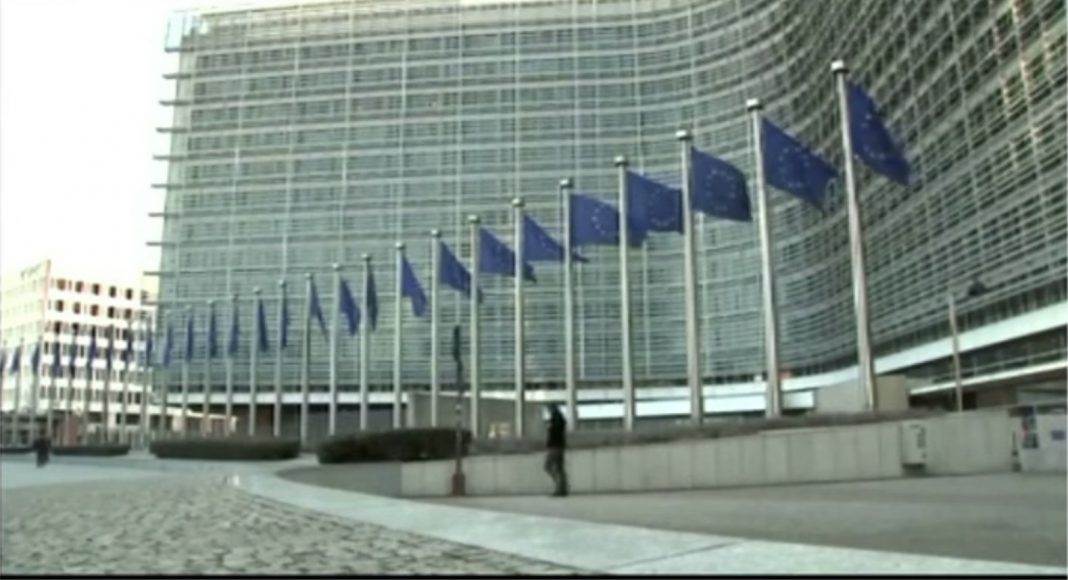Do you know that during the onset of Taal Volcano’s activity, Copernicus mapping technology was utilised?
Copernicus is the European Union’s flagship space programme which monitors and provides vital information on the Earth’s environment and its many ecosystems from integrated space and ground-based airborne and seaborne-measured data.
The European Commission’s Emergency Response Coordination Centre (ERCC) of the European Civil Protection and Humanitarian Aid Operations (ECHO) had used Copernicus’ mapping system since 13 January to provide accurate rapid and spatially explicit information on the hazards, exposure and vulnerability surrounding the activities of Taal Volcano.
Through the Copernicus Programme, four maps (including first estimated product, reference delineation and grading maps) were produced https://emergency.copernicus.eu/mapping/list-of-components/EMSR418.
The technology was also tapped during Habagat flooding in 2012 and other typhoons Yolanda (Haiyan 2013), Landao (Koppu 2015), Ompong (Mangkhut 2018) which hit the country.
The information generated from the Copernicus Programme help in strengthening the implementation of risk reduction measures at the local level.
In view of the above context, the European Union Delegation to the Philippines has been working very closely with the Department of Science and Technology since early 2019 to develop a national capacity support programme on Copernicus for the Philippines.
This prospective new cooperation aims to address the key objectives of the Philippine government to develop and utilise Earth Observation satellite applications to enhance hazard management and disaster mitigation strategies and to further strengthen the country’s resilience to climate change.
All these and more will be discussed in the second national conference on “Copernicus – a strategic partner for Earth Observation and sustainable development”, on 06 February 2020 at the Diamond Residencies Hotel, Makati.
The conference will highlight prominent aspects for science, innovation and technology to support sustainable development and will discuss the many benefits of satellite remote sensing and space data management for disaster management, environmental protection, and climate change adaptation. It will also serve as a platform to enable agencies, organizations and multiple stakeholders in the Philippines to engage more closely with the European space sector.
Dr. Philippe Brunet, former EU Director for Space Policy, Copernicus Programme and Defence and now Principal Advisor to the European Commission Directorate for Cooperation and Development and Science and Technology Secretary Fortunato de la Peña will provide keynote addresses from the European Commission and the Government of the Philippines while Mr Rafael de Bustamante, Chargé d’Affaires, a.i. of the EU Delegation to the Philippines, will open the conference.
A vital, free service: Copernicus Programme
Earth monitoring is more vital than ever especially for a disaster -prone country like the Philippines.
The uniqueness of the Copernicus programme is its ability to monitor the earth to ensure that citizens are prepared and protected during natural or man-made disasters.
In addition to providing high-resolution global spatial coverage, the Copernicus programme promotes full, free and open use of its information to all its users and the general public. By making the vast majority of its data and maps freely available and accessible, Copernicus contributes towards the development of innovative applications and services, tailored to the needs of specific groups of users, and covering a variety of economic and developmental activities from urban planning and marine protection to disaster reduction and management.
Data captured by orbiting satellites can be analysed and processed in real-time to become weather forecasting, climatic, environmental and geological monitoring information. This helps in determining upcoming rainfalls and temperature variations, as well as identifying land degradation, resource extraction, spread of insect borne-diseases, crop yields, or managing disasters, among other areas. Many of this information are also available to end-users on their personal laptops or smartphones.
Building on the foundations of deeply-rooted scientific knowledge and on decades of EU investment in research and technological development, Copernicus is exemplary of European strategic cooperation in space research and industrial development. Since its operation in 2014, the European Union has already invested €9.6 billion in the programme with an additional €5.8 billion allocation proposed for 2021 – 2027. The programme is generating economic benefits exceeding the investment not to mention a vast plethora of non-monetary benefits.
(Press release European Union














